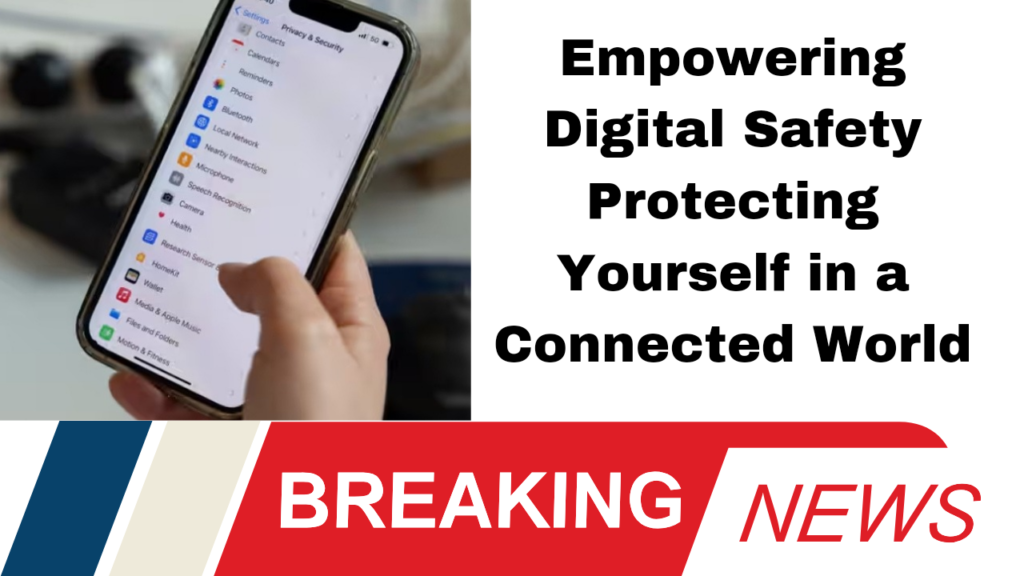In today’s interconnected world, technology can be a double-edged sword, especially for victim-survivors of family violence. From hidden apps to shared accounts, perpetrators often exploit everyday digital tools for control and intimidation. A recent audit conducted by Rose MacDonald, cofounder of Nansen Digital Forensic Services, sheds light on these risks and offers strategies for minimization.
MacDonald’s audit begins with a deep dive into the user’s device, checking for unrecognized apps and assessing access to sensitive features like the camera and microphone. It also includes a review of connected accounts, such as Google and iCloud, ensuring that no unauthorized third parties can access personal data, including emails, calendars, and notes.
“Misconfigurations and breaches in cloud environments are common,” MacDonald explains. “If someone has your username and password, they can easily access your information without needing extensive technical knowledge.”
Research indicates that nearly all frontline domestic violence practitioners have encountered clients facing technology-facilitated stalking and abuse. This issue is particularly acute for vulnerable populations, including women with disabilities and those from diverse cultural backgrounds. Everyday items, like smartwatches or even children’s toys, can become tools of surveillance when they fall into the wrong hands.
Lauren, a survivor of coercive control, shared her experience of unknowingly surrendering access to her communications. “I thought he was being nice by getting me a phone on his business account. But it was really about control,” she said.
During the audit, MacDonald emphasizes the importance of reviewing shared accounts. “If you log in from a new location, it can alert the original account holder, potentially exposing your whereabouts,” she cautions. This is particularly concerning for victims who may inadvertently share their location through seemingly innocuous family accounts.
The audit process is not just about identifying risks; it’s also educational. MacDonald aims to empower users with an understanding of how their devices connect to the cloud and the potential vulnerabilities that can arise.
However, accessing such audits can be challenging, with costs often reaching hundreds of dollars when seeking private services. Some programs, like Victoria’s Personal Safety Initiative, aim to facilitate access to these essential services, but resources vary significantly by state.
Addressing the Gap in Digital Safety Resources
Experts highlight the need for better standardization in digital safety assessments related to family violence. The lack of vetting in private security services raises concerns about the appropriateness of the advice provided. Dr. Diarmaid Harkin from Deakin University emphasizes the necessity of scrutinizing any claims about technology that can “detect” spyware, as the landscape is continually evolving.
MacDonald notes the critical importance of safety planning before disconnecting a perpetrator from devices. “Cutting off access without prior planning could escalate violent behavior,” she warns. It’s essential for victim-survivors to consult with professionals before making any significant changes to their digital setups.
Despite ongoing efforts to improve digital safety standards, experts agree that the burden of ensuring tech safety is often placed on victims rather than addressing the behavior of abusers. “It’s unrealistic to expect victims to navigate these complexities alone,” Dr. Molly Dragiewicz asserts.
Lauren now collaborates with DV Safe Phone, an initiative providing secure mobile phones to victim-survivors. “Having access to a phone that isn’t monitored can be life-changing,” she states.
As technology continues to evolve, so do the methods of control and surveillance employed by abusers. Digital safety audits represent a crucial step in empowering victim-survivors to reclaim their privacy and security. By understanding and addressing the risks associated with digital tools, we can help create a safer environment for those affected by family violence.











More Stories
Understanding America’s Regional Patchwork A Guide to the Key Political Areas
The Electoral College Debate A Closer Look at Its Impact on Modern Elections
November’s Unsettling Tropical Outlook Potential Storms Loom in the Atlantic